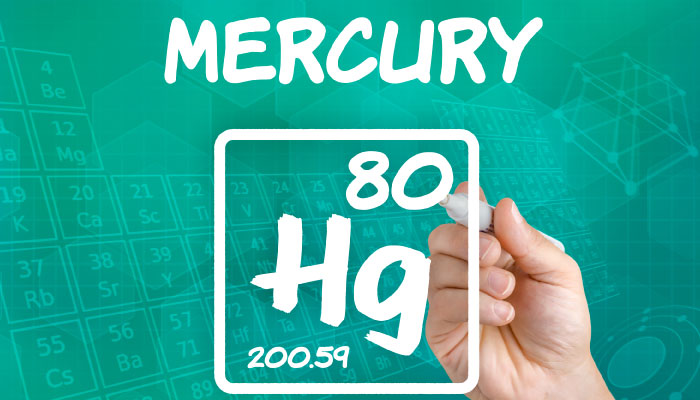Also known as the ‘Right-to-know-law’, Hazard Communication Standard (HCS) was enacted by Occupational Safety and Health Administration (OSHA) on November 25, 1983. Some minor technical changes and amendments were made in 1987, 88 and 89.
and Health Administration (OSHA) on November 25, 1983. Some minor technical changes and amendments were made in 1987, 88 and 89.
A few portions of UN’s Globally Harmonized System of Classification and Labeling of Chemicals (GHS) was adopted by OSHA. The revised HCS provides harmonized criteria to classify chemicals and needs specific elements of label mandatory safety data sheers (SDSs) of standardized 16-sections as well as specific label elements on shipped containers. Before this revision, information was to be conveyed on safety data sheets and labels in whatever format desired by the supplier.
The purpose of HCS, however, has remained the same from the time it was enacted first, to assure that hazards of all imported hazardous chemicals, used or produced in US workplaces need to be evaluated and the information needs to be transmitted to the employees who have been potentially exposed and employers who are affected. All this is done to maintain chemical safety program. This information transformation is to be accomplished by having a comprehensive Hazard Communication Program which has SDSs, container labeling, other forms of warning and employee training.
There are six major categories of Hazard Communication Standard. They are:
- Hazard Classification
- Written Hazard Communication Program
- Labels and other Forms of Warning
- Safety Data Sheets
- Employee Information and Training
- Trade Secrets
Hazard Classification: According to Hazard classification, chemical manufacturers and importers have to evaluate the chemicals which are imported or produced in workplaces to determine the hazard classes, and the category of each class, wherever appropriate.
Written Hazard Communication Program: The second category talks about how the employers need to fully document the actions taken so as to comply with all HCS provisions and to keep all responsible persons listed for each program area. A copy of this written program must be available to all OSHA officials and employees upon request.
Labels and Other Forms of Warning: The third category requires all the chemical distributors, manufacturers and importers to see that each hazardous material container is properly labeled before it leaves the workplace with the following six elements tagged and marked:
- Product identifier
- Pictogram
- Signal Word
- Hazard Statement
- Precautionary Statement
- Supplier Information
Safety Data Sheets: According to this category, chemical distributors, manufacturers and importers need to provide SDSs for each hazardous chemical to downstream users to communicate hazards information. All information need to be communicated to employees working near hazardous chemicals and must be in English.
Employee Information and Training: The fifth category talks about employers needing to provide their employees with effective training and information on the hazards of the chemical they are closely working with, by initial assignment itself or whenever there is a new health hazard introduced in the area.
Trade Secrets: The final category talks that the chemical manufacturer may withhold from SDS, the chemical identity, including the chemical name and other specific information. If there is a trade secret that needs to be claimed, it has to be indicated on the SDS. However, if there is a case of medical emergency, the substance’s proprietary information needs to be provided to the healthcare professionals.
Join the session OSHA Hazard Communication Update by expert speaker Sheldon Primus on Tuesday, March 1, 2016 to be OSHA compliant and know how to protect workers from hazardous chemicals by understanding GHS Update.



